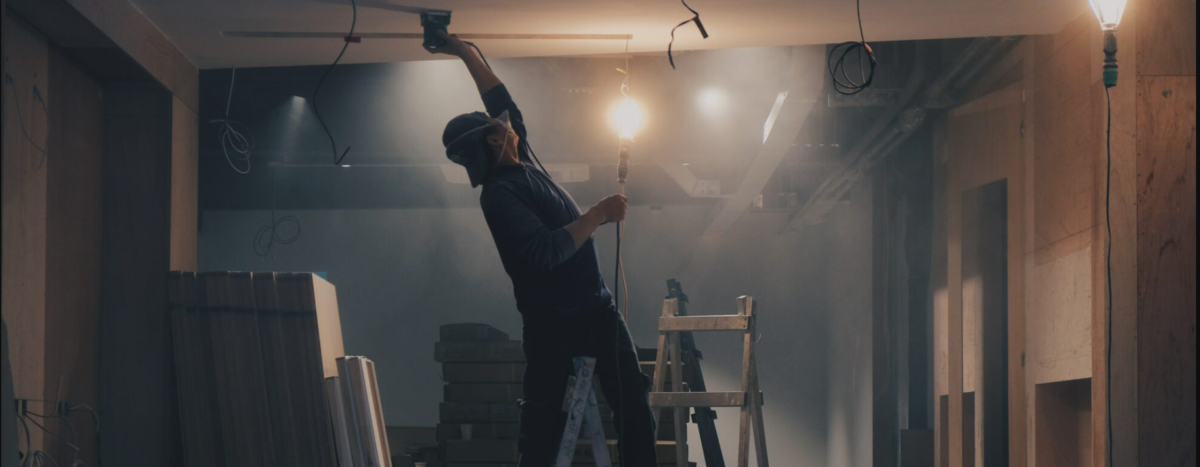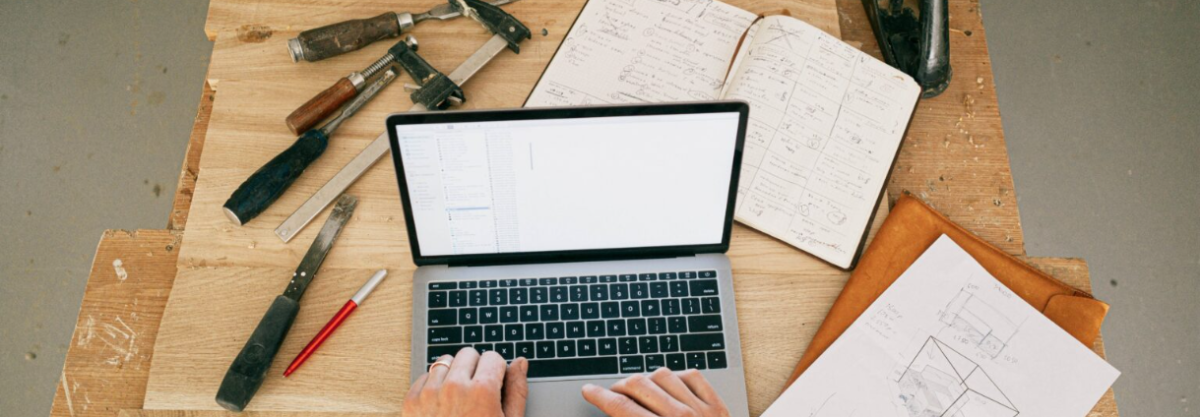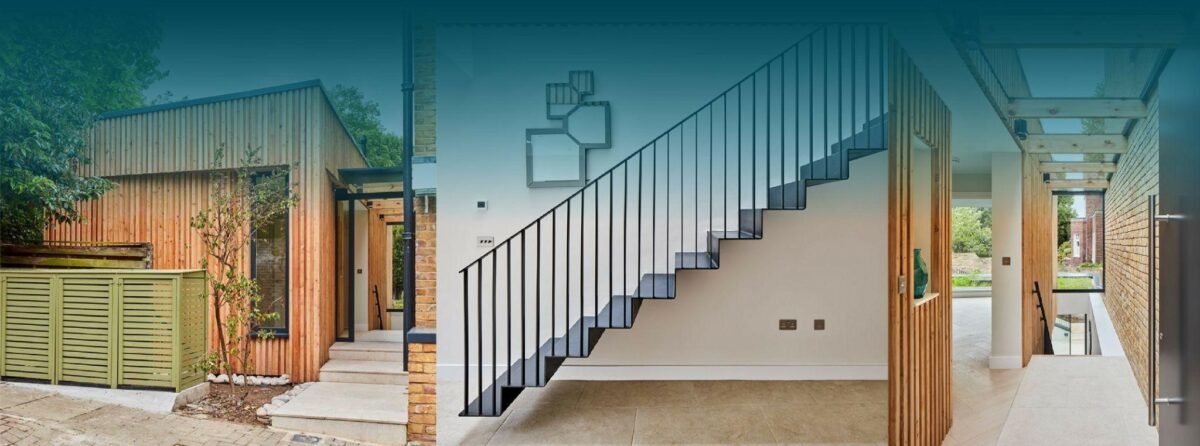In our final post of our three part series of why construction costs vary per project, we will be discussing the final contributing factor to varying costs, “Natural variability in price”.
Reason 3: Natural variability in price.
Having created a relatively fixed scope, and even chosen relatively similar contractors, we know that the prices people receive can still vary. Quite simply this is because prices vary, both through time and between suppliers. We touched upon margin in the previous section, but to add some more detail, a project usually breaks down into five main sections:
– Building materials 15%
– Fittings and finishes 20%
– Labour 40%
– Prelims 10%
– Overheads and Profit 15%
Construction materials
These are the core building materials that go into the construction of your project. Such as steel, timber studs, tiles, insulation. Key things which impact their cost are:
– the area of the works
– the demand for particular materials
– the availability of particular materials
– the quality of the materials purchased.
Their prices can vary due to supply and demand, as indeed we’re seeing at the moment but even when they do vary dramatically, say by 10% across the board, that would only be 1.5% of the overall budget, so in our area, it is of little impact.
Fittings and finishes
These are the items that are installed in your project that you can see. These might be anything from your timber flooring, to your cooker or bathroom taps. It can be affected by:
– Quality
– Scope
– Organisation
Here we can see much more variability because there is more scope for personal choice. It is easy to spend £1,000, £10,000 or £100,000 on a kitchen as it is to make comparable price increases on tiles, plumbed and wired appliances. This is a common cause of price variability between quotes. Builders will include different allowances or sometimes none at all.
Labour
This part of the construction budget is what gets paid to the people working to build your project and is usually the most bulky part of the overall cost.
Labour costs commonly vary in price by between 5-15% and will depend on;
– location
– demand
– availability
– efficiency
– quality
As in most markets, more experienced and qualified professionals are paid more. Therefore price variability here, which can be as much as 20-40%, is usually reflective of the standard of the building company you’re working with. Or indeed the standard of work they are used to providing.
Prelims
Prelims or preliminary costs are the site specific overheads that your contractor will pay to set up and keep your site operational. This might be the cost for a portable toilet for the contractors to use, or skips to clear site debris. Another item that might be included is the cost of a project manager or foreman who’s fees to oversee the works would not be covered in the labour costs of the works to be completed.
This section does not vary wildly, if it does it will usually be reflective of
– The builders specific standards
– Access
– Additional health and safety requirements
– Surrounding areas
– Working hours and amenities
Most important is not to miss things out. Prelims are not always itemized separately in the quotes you will receive from contractors. Sometimes they will be covered in overheads and profit, but it is important to clarify these and who will be carrying the cost for parking, site specific insurance etc.
Overheads and profit (OHP)
To remain a viable business every contractor will need to include an amount of money which will go towards the costs of running their business and create profit for the company.
Business overheads might be items such as insurance, office rent, their admin team. Profits are necessary for every company to allow them to weather fluxuations in their work and to be able to invest to improve their services such as paying for training new team members and investing in new equipment or practices.
Every contractor will include overheads and profit in their quotes but this will very rarely be explicitly named. It is usually added on as a percentage to individual items of the scope of works and within the labour rates or handling charges provided for additional work.
This is the area which is tweaked according to company specific factors such as
– the risk
– location
– desirability of the project.
– the size of the contractor
– their interest in getting the job
It can be subject to negotiation as can all prices but is perhaps not as flexible as customers might like. Construction is a competitive business so most contractors know their position in the market and stick to a standardised system. If you want to negotiate, think about what value you can provide them that might lead to a change in price. For example if you’re not in the house things might be easier, if it’s a desirable project for their portfolio or near to their office. These things can be useful and worth reminding your contractor of.
The result is that we see a a during quote variability of 20-30%
At the point at which you have your contractors quoting on your confirmed scope of works at ‘tender’ you will still see a variability in price of between 15-30% based on the natural variability between rates and margins of the contractors. They also can be seen as provisioning different services themselves and so you are now picking one and narrowing down yet again.
Conclusion
So you can see that when your contractor prepares a price for your project there are lots of aspects to the work that they must consider.
There are several different ways in which contractors can prepare their quotes and strengths and weaknesses to each.
– Some will use an independent estimator or quantity surveyor to value the price of materials and labour on their behalf. This will likely result in a detailed and accurate quote but is often hard to make changes to and their knowledge of the work may need to be checked.
– Some will prepare their prices based on their own calculations and spreadsheets often using a word or excel document, these can be a bit thin on detail as builder’s time is short, they can also be hard to compare as each builder will have a different format.
– So if you’re going to collect quotes yourself, we suggest you use your own list of tasks and specifications. Of course the risk there is that you miss things out so we suggest you use BuildPartner which will guide you through the process, giving you average prices early on, and ensuring you are asked the right questions and can compare quotes easily.
Overall, the most important thing is that your grasp of the scope of work is clear and complete. That will enable you to manage the interdependencies and possibilities.
P.S Did you know in Buildpartner you can compare quotes line by line between builders and benchmarks?
Simply click on the quoter page invite builders and view and compare all of their submitted quotes in one place.
Want to know how? Click here











